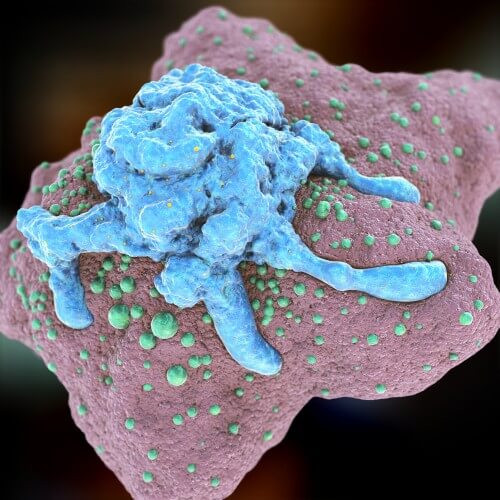An innovative electronic method will help doctors directly measure the oxygen concentration and determine the treatment schedule while high oxygen levels occur in cancer and stroke patients, this is to improve recovery.

[Translation by Dr. Nachmani Moshe]
An innovative electronic method will help doctors directly measure the oxygen concentration and determine the treatment schedule while high oxygen levels occur in cancer and stroke patients, this is to improve recovery.
A team of researchers led by physician Dr. Harold Swartz published their revolutionary progress following the age-old puzzle of how to measure the level of oxygenation in tissue located deep in the body in the scientific journal Stroke. "This is a huge step forward," said the lead researcher. "Our findings place the oximetry method (measurement of the amount of oxygen in hemoglobin) with the help of EPR (Electron Magnetic Resonance, Wikipedia) at the forefront of biomedical research for medical applications."
Oxygen is necessary for life. A certain amount of oxygen in a cell or tissue is essential in order to maintain healthy processes in the body, processes such as the production of energy by the cells. Oxygen also plays a crucial role in the development and treatment of several diseases. The effectiveness of some treatments also depends on the oxygen levels in the affected part - for example, a particularly low level of oxygen in a cancer tumor is known to be responsible for the development of aggressive tumors and this may also harm the effectiveness of chemotherapy and radiation. For this reason, it is very important to directly measure the oxygen levels in order to understand the development of the disease, develop strategies to adjust the oxygen levels and increase the effectiveness of the treatments.
Measuring oxygen levels in deep tissues is a challenge, and it is this difficulty that unfortunately has limited the understanding of certain diseases in animals and humans. In order to solve this problem, the research team developed implantable resonators consisting of thin non-magnetic copper wire and which help in direct and continuous measurement of the oxygen level in the tissues, at any given depth. In their latest experiment, which demonstrated the effectiveness of EPR-assisted oximetry, the researchers implanted a one-time oxygen sensor in the brains of rabbits and were able to monitor oxygen levels for weeks.
"Except for the actual implantation stage, which is carried out after anesthesia, the other stages of the procedure for measuring the oxygen are completely non-invasive," explains the lead researcher. "We predict that a better understanding of oxygen levels in stroke, for example, could help develop strategies to significantly improve oxygen levels in hypoxic areas of the brain and improve the course of healing."
The researchers conclude and say that real-time monitoring of tissue oxygen levels with the help of implanted resonators will become a powerful tool in the research of diseases such as cancer and stroke. In clinics, doctors will be able to use the measurement of oxygen in tumors, or in the brain, in order to make more informed decisions regarding the desired treatment times.

4 תגובות
Arela Russo-Coach in Healing Breathing
Warbug didn't prove what you said - he hypothesized. And of course there is no connection between what he discovered (a phenomenon that comes along with cancer, and not necessarily the cause), and breathing...
See here – http://en.wikipedia.org/wiki/Warburg_hypothesis
Glad to read the article "A revolutionary method for measuring oxygen in a deep tumor and in the brain" translated by Dr. Moshe Nachmani
It is also important to note that in 1931 in Berlin, Dr. Otto Warberg, a two-time medicine laureate, proved that if we deprive our cells of 60% of the oxygen they need, they become cancerous.
Absolute universal cure for any number of cancers, not soon my friend.
Come on, when is healing already?